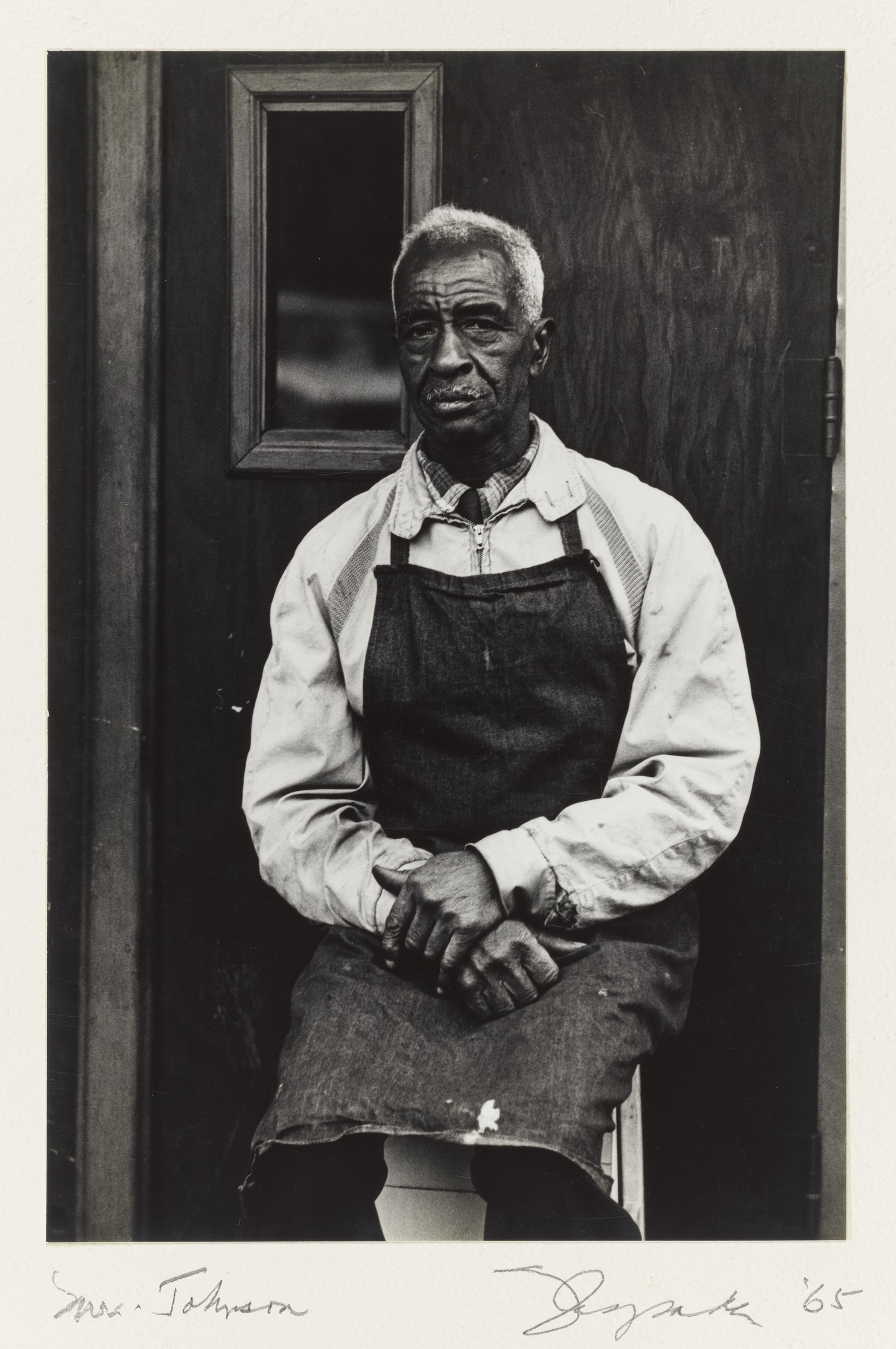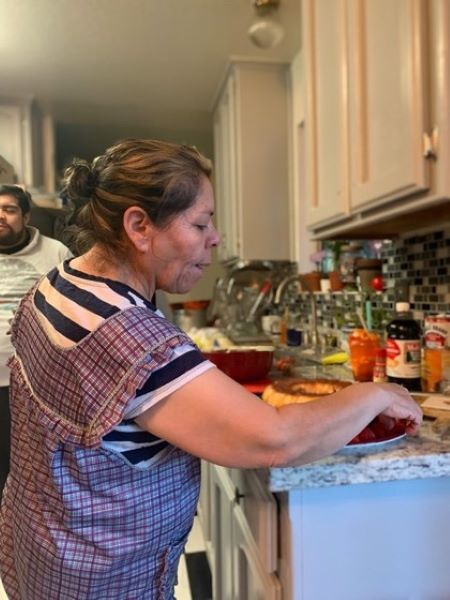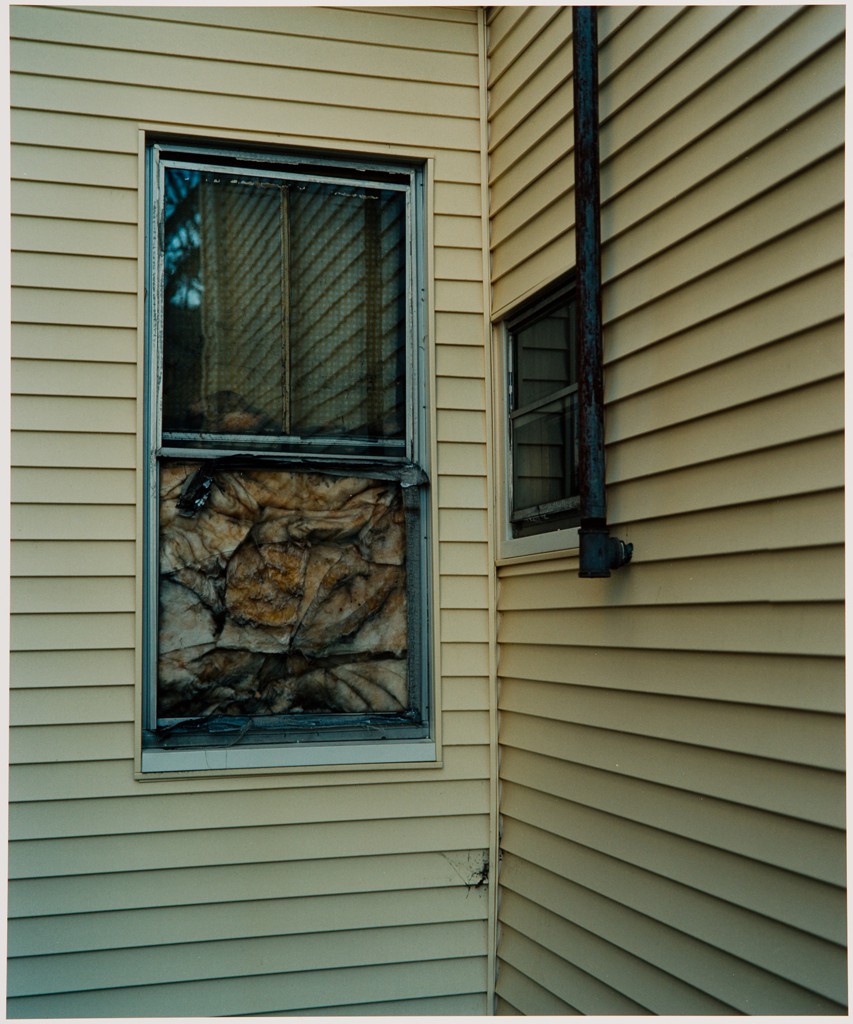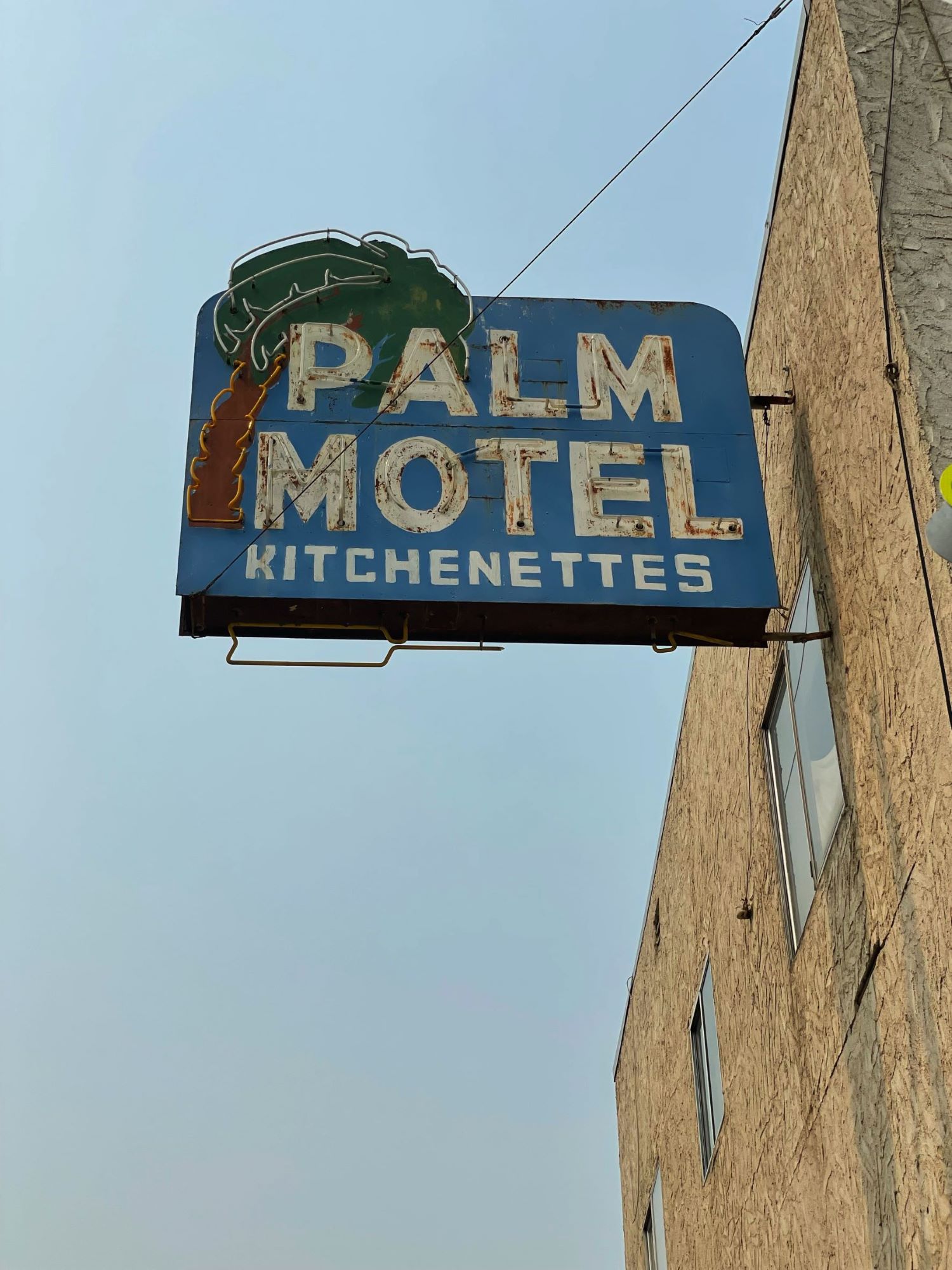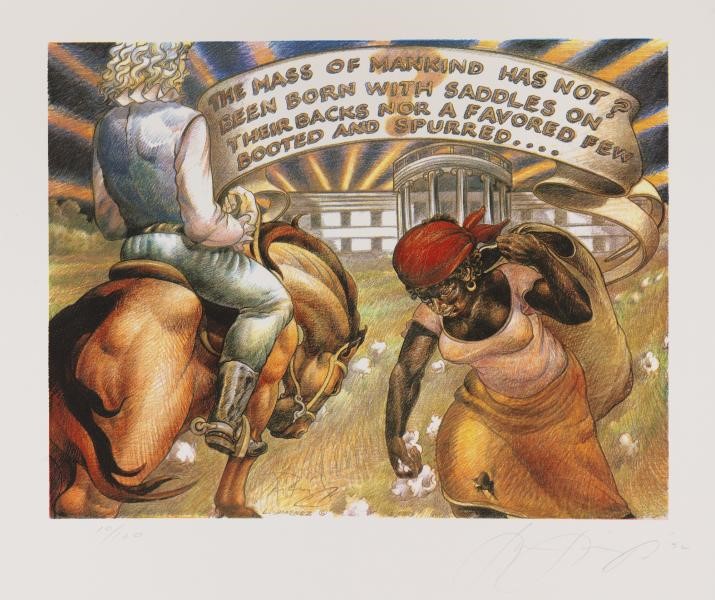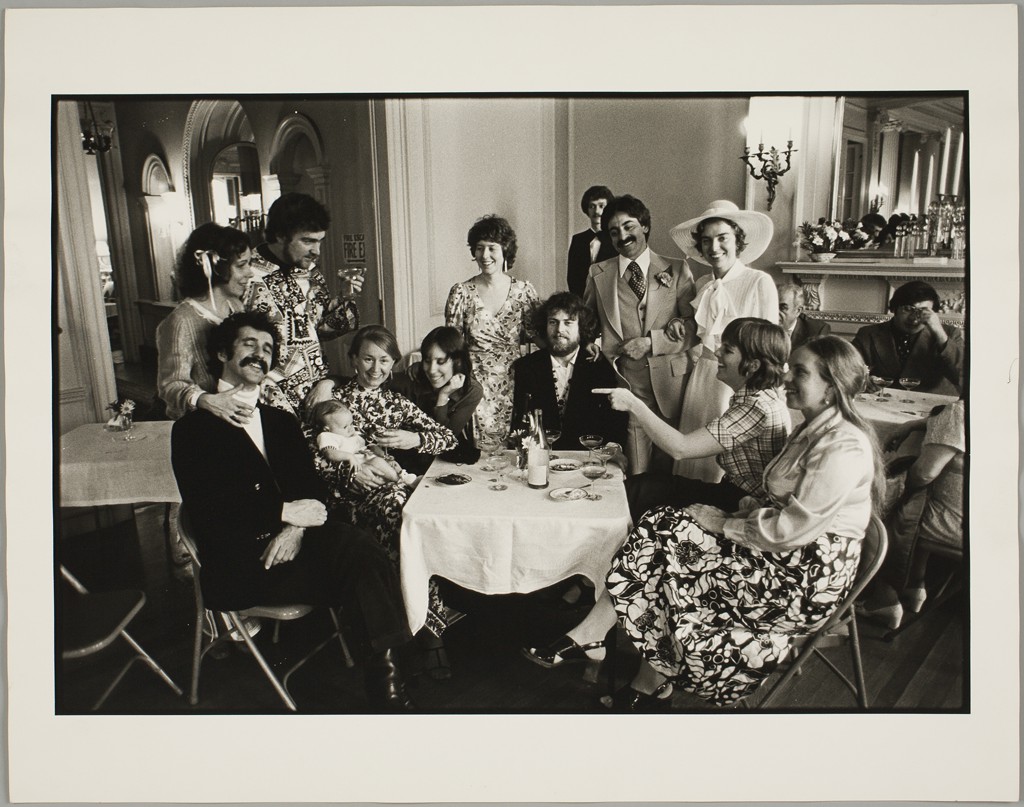This past spring, a cohort of Harvard Latinx students from Professor María Luisa Parra-Velasco’s course SPANSH 59H: Spanish for Latino Students II: Connecting with Communities worked with curators and educators from the Harvard Art Museums to explore works from our collections by Latinx artists, Latin American artists, and non-Latinx artists whose practice engages Latinx experiences.
This advanced language course encourages Heritage Spanish speakers to strengthen both their linguistic repertoires and their global social awareness through civic engagement with local Spanish-speaking communities. In a series of reflections, current Harvard students and recent alumni consider works of art from the collections alongside their personal and professional experiences within Latinx communities around the United States, as well as how they relate to the most pressing issues confronting Latinx communities today. The objects selected below present foodways—the cultural, political, and economic practices related to the production and consumption of food—as a means of exploring Latinx histories, traditions, and communities.
This article, the first of a three-part series in celebration of Hispanic Heritage Month, is published in English and Spanish.
Durante la primavera pasada, un grupo de estudiantes latinx del curso “SPANSH 59H: Spanish for Latino Students II: Connecting with Communities” dado por la Dr. María Luisa Parra-Velasco colaboró con los curadores y educadores de Harvard Art Museums para explorar obras de nuestras colecciones de artistas latinx, latinoamericanos, y las obras que reflejan la experiencia latinx. Este curso avanzado de español apoya a los hispanohablantes de herencia para fortalecer sus repertorios lingüísticos y su conciencia social global a través de la participación cívica con las comunidades hispanohablantes en diferentes partes de los Estados Unidos. En una serie de reflexiones, los estudiantes y los ahora exalumnos conectan las obras de arte de las colecciones con sus propias experiencias personales y profesionales dentro de las comunidades latinx en los Estados Unidos, así como con los problemas más urgentes que enfrentan las comunidades latinx hoy en día. Los obras de arte seleccionadas presentan “foodways”—las prácticas culturales, políticas y económicas relacionadas con la producción y el consumo de alimentos—como un medio para explorar las historias, las tradiciones y las comunidades latinx.
Este artículo, el primero de una serie de tres partes para conmemorar el Mes Nacional de la Herencia Hispana, se publica en inglés y en español.
